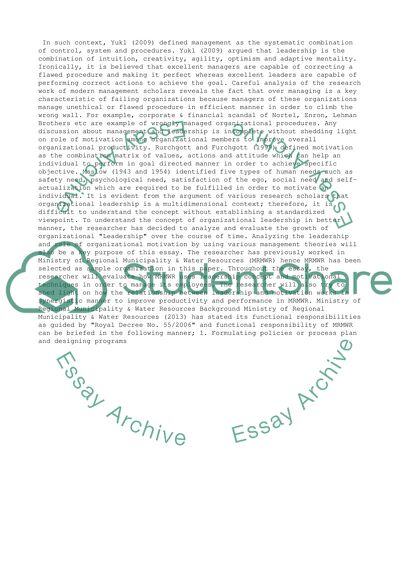Cite this document
(The Leadership and Role of Organizational Motivation Essay Example | Topics and Well Written Essays - 5000 words, n.d.)
The Leadership and Role of Organizational Motivation Essay Example | Topics and Well Written Essays - 5000 words. https://studentshare.org/business/1481685-the-leadership-and-role-of-organizational-motivation
The Leadership and Role of Organizational Motivation Essay Example | Topics and Well Written Essays - 5000 words. https://studentshare.org/business/1481685-the-leadership-and-role-of-organizational-motivation
(The Leadership and Role of Organizational Motivation Essay Example | Topics and Well Written Essays - 5000 Words)
The Leadership and Role of Organizational Motivation Essay Example | Topics and Well Written Essays - 5000 Words. https://studentshare.org/business/1481685-the-leadership-and-role-of-organizational-motivation.
The Leadership and Role of Organizational Motivation Essay Example | Topics and Well Written Essays - 5000 Words. https://studentshare.org/business/1481685-the-leadership-and-role-of-organizational-motivation.
“The Leadership and Role of Organizational Motivation Essay Example | Topics and Well Written Essays - 5000 Words”. https://studentshare.org/business/1481685-the-leadership-and-role-of-organizational-motivation.


